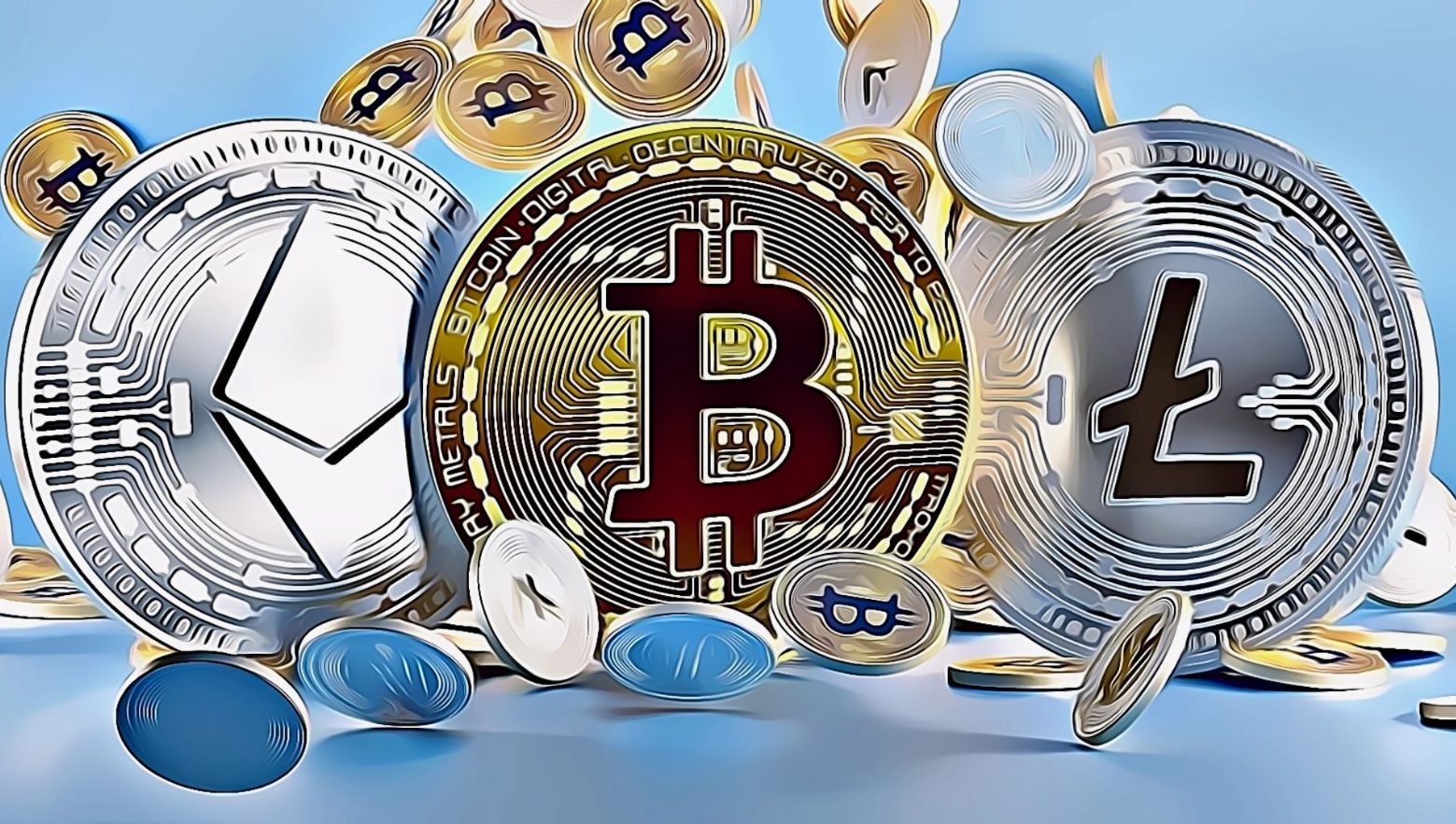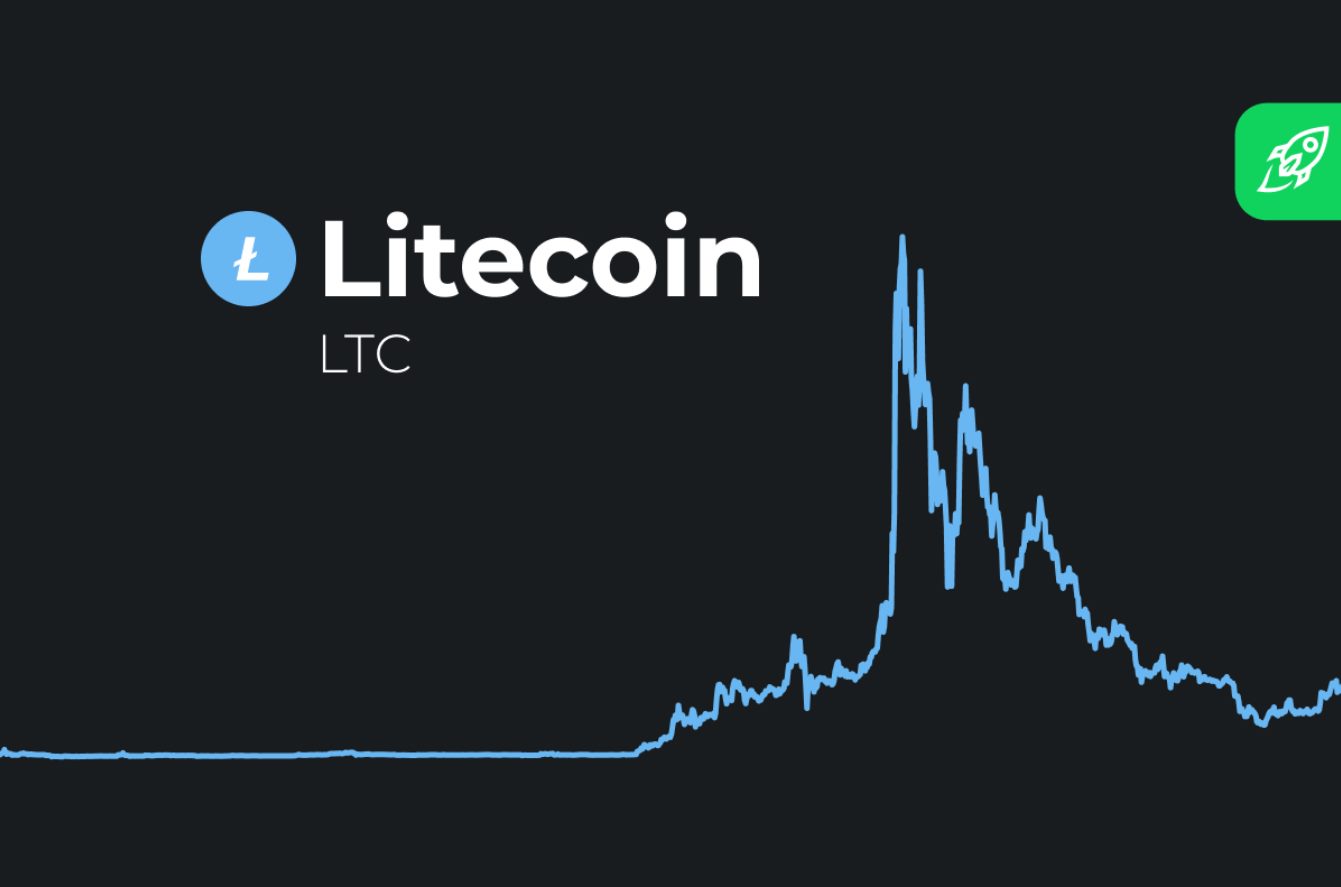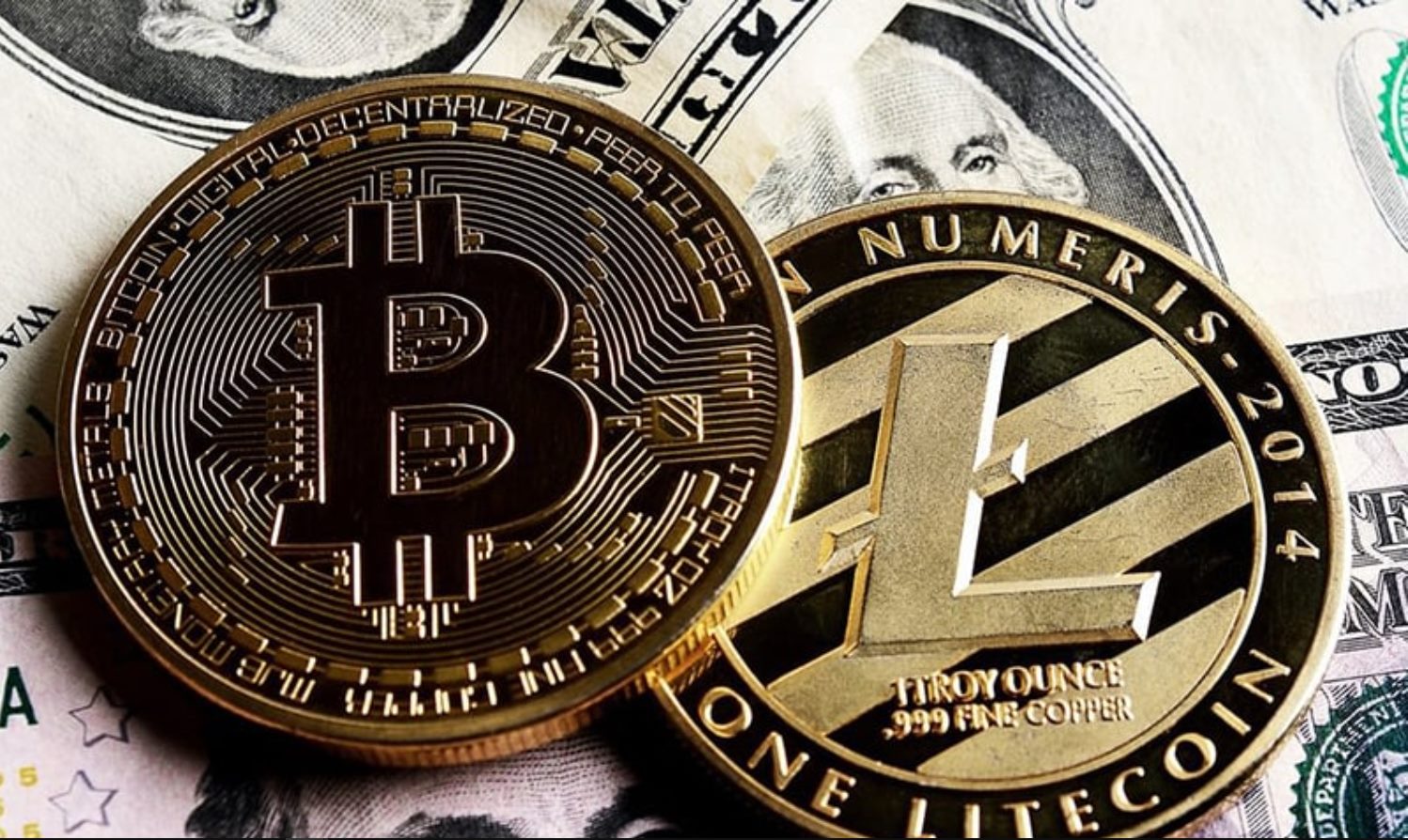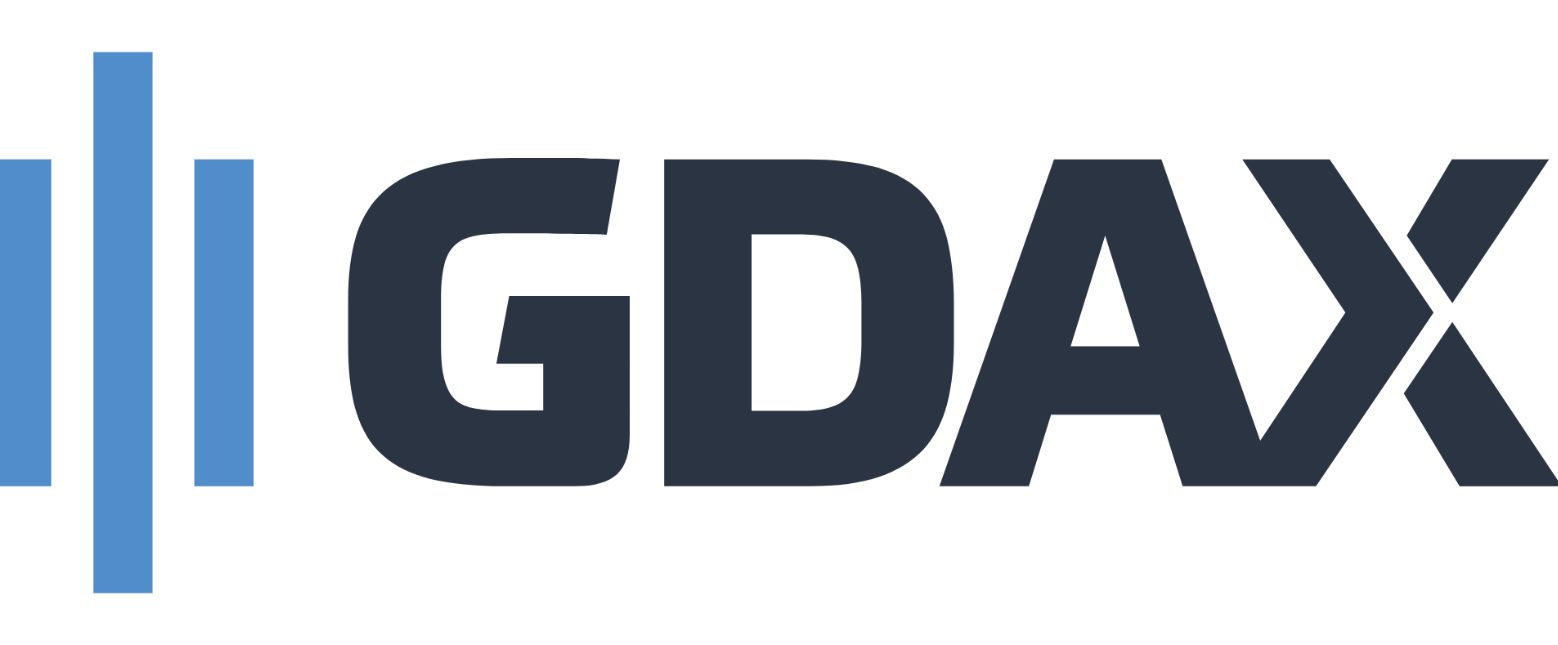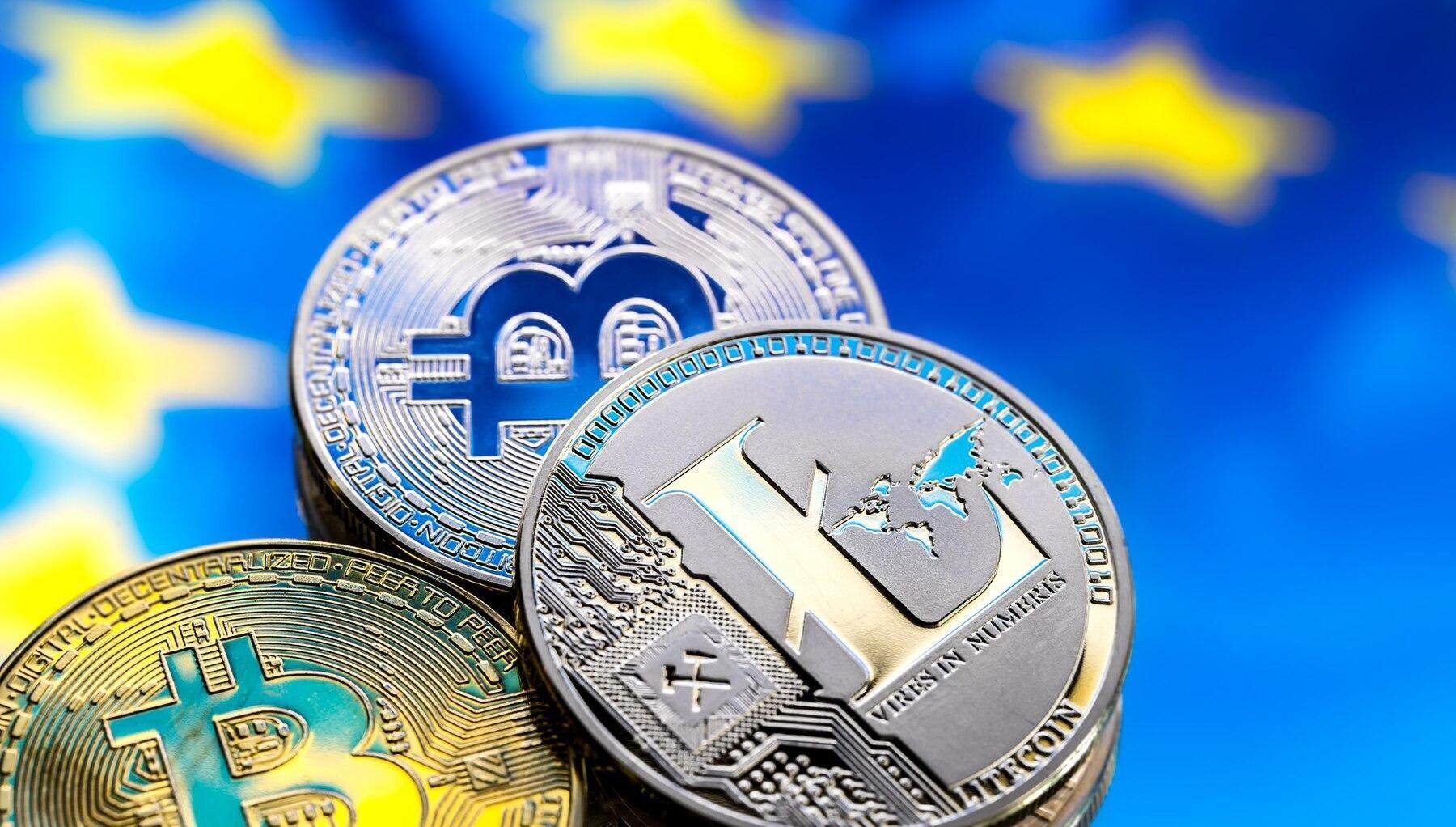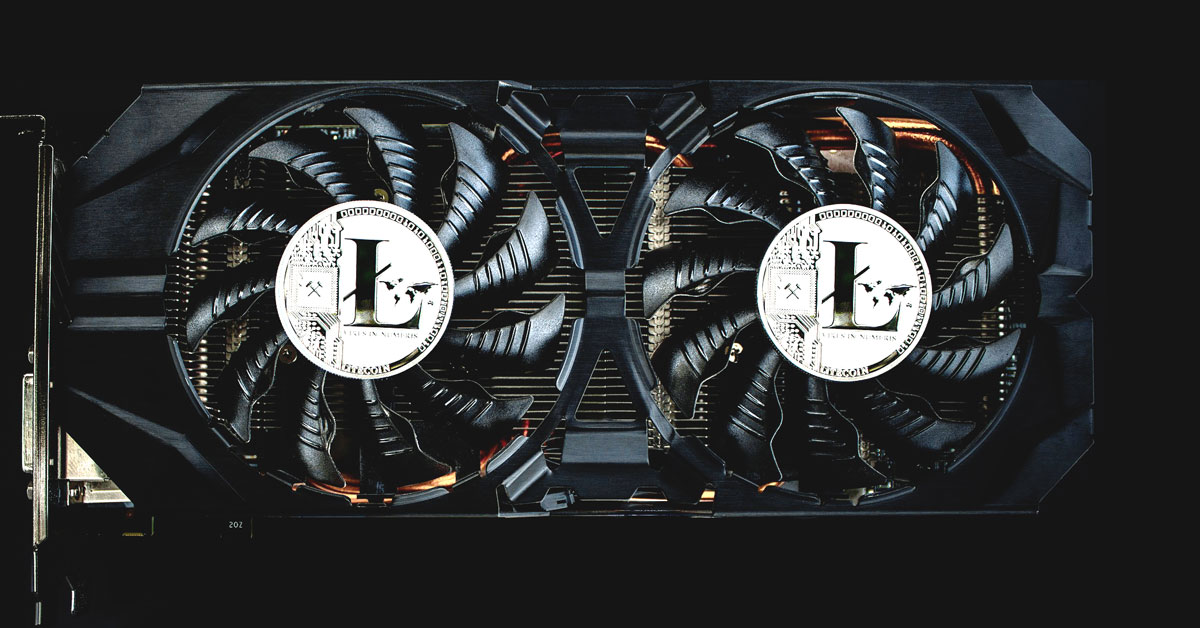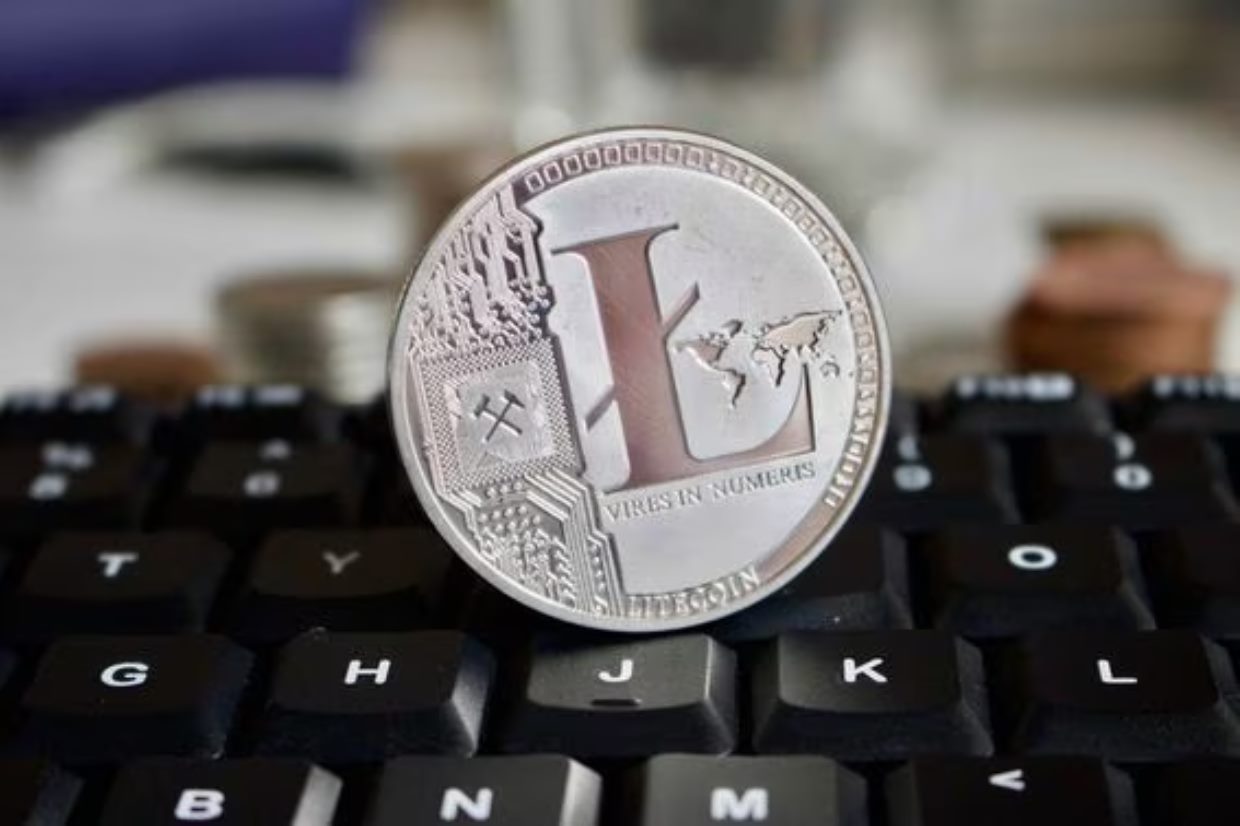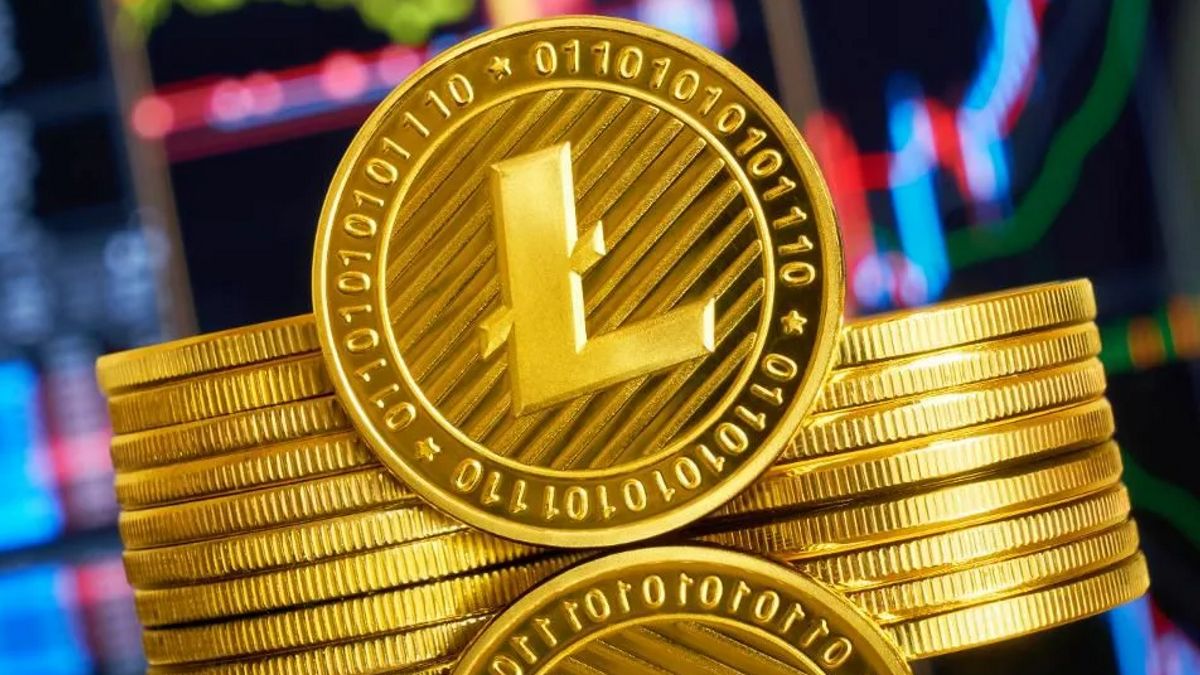Introduction
As the world of cryptocurrency continues to evolve, Bitcoin has established its position as the pioneer and most widely recognized digital currency. However, it is not the only player in the game. Another cryptocurrency, Litecoin, has been gaining momentum and attention in recent years, positioning itself as a viable alternative to Bitcoin. In this article, we will explore why Litecoin is being hailed as the new Bitcoin and the advantages it brings to the table.
Litecoin was created in 2011 by Charlie Lee, a former Google engineer and cryptocurrency enthusiast. It was designed to be “the silver to Bitcoin’s gold,” offering a similar peer-to-peer digital payment system but with some distinct features and benefits.
While Bitcoin remains the dominant cryptocurrency, Litecoin has emerged as a formidable contender due to its faster transaction confirmation times, increased coin supply, and adaptability to scalability solutions. These factors, coupled with strong community support, make Litecoin an attractive option for both everyday users and investors.
Now let’s delve deeper into the similarities and differences between Litecoin and Bitcoin, and why Litecoin is gaining traction as the new Bitcoin alternative.
What is Litecoin?
Litecoin, often referred to as LTC, is a decentralized digital currency that utilizes open-source software for secure and efficient peer-to-peer transactions. It is built upon the same blockchain technology as Bitcoin, but with some fundamental differences.
At its core, Litecoin operates as a digital payment system that enables users to send and receive funds directly without the need for intermediaries such as banks. It provides a decentralized platform that is transparent, secure, and efficient.
One of the key differences between Litecoin and Bitcoin lies in the underlying algorithm used for mining. While Bitcoin relies on the SHA-256 algorithm, Litecoin utilizes a scrypt algorithm, which allows for faster block generation and transaction confirmation times.
Another significant difference is the total supply of coins. Bitcoin has a maximum supply of 21 million coins, whereas Litecoin has a maximum supply of 84 million coins. This fourfold increase in supply allows for a more accessible and widespread distribution of the currency.
Litecoin’s transaction confirmation times are significantly faster than Bitcoin’s. While Bitcoin transactions typically take around 10 minutes to confirm, Litecoin transactions are confirmed in just 2.5 minutes on average. This not only improves the user experience by reducing waiting times but also makes Litecoin more viable for applications requiring quick and efficient transactions.
Furthermore, Litecoin implements the Lightning Network, a second-layer scaling solution, to further enhance transaction speed and scalability. This technology enables off-chain transactions that can settle instantaneously and reduce network congestion.
Overall, Litecoin provides a reliable and efficient alternative to Bitcoin, with faster transaction times, increased coin supply, and the implementation of innovative scaling solutions. It shares the same core principles of decentralization, security, and transparency, making it an appealing choice for individuals and businesses looking to engage in digital transactions.
Similarities to Bitcoin
As mentioned earlier, Litecoin was designed to be “the silver to Bitcoin’s gold,” and as such, it shares several similarities with its predecessor. These similarities include:
1. Blockchain Technology: Both Litecoin and Bitcoin utilize blockchain technology, which ensures transparency, security, and immutability in the transaction process. The blockchain serves as a decentralized ledger that records all transactions and prevents tampering or data manipulation.
2. Peer-to-Peer Transactions: Like Bitcoin, Litecoin enables direct peer-to-peer transactions without the need for intermediaries. Users can send and receive funds directly, providing autonomy and freedom from traditional financial institutions.
3. Decentralization: Both cryptocurrencies are decentralized, meaning that no central authority or government has control over them. This decentralized nature ensures that transactions can be conducted globally without interference or censorship.
4. Cryptographic Security: Litecoin, similar to Bitcoin, employs advanced cryptography to secure transactions. Each transaction is encrypted and authenticated using cryptographic algorithms, ensuring the integrity and privacy of user data.
5. Digital Scarcity: Both Litecoin and Bitcoin have limited supplies, although the maximum number of Litecoin coins that can ever exist is four times that of Bitcoin. This scarcity aspect gives both cryptocurrencies the potential for value appreciation over time.
6. Cryptocurrency Exchanges: Both Litecoin and Bitcoin can be traded on various cryptocurrency exchanges worldwide. This allows users to easily buy, sell, and trade these cryptocurrencies for other digital assets or traditional fiat currencies.
While Litecoin shares these fundamental similarities with Bitcoin, it also brings its own unique features and benefits to the table, which we will explore in the following sections.
Differences from Bitcoin
While Litecoin and Bitcoin share many similarities, there are several key differences that set them apart from each other. These differences include:
1. Faster Transaction Confirmation: One of the main advantages of Litecoin over Bitcoin is its faster transaction confirmation times. While Bitcoin transactions typically take around 10 minutes to confirm, Litecoin transactions are confirmed in just 2.5 minutes on average. This makes Litecoin more suitable for everyday transactions and applications that require quick confirmation.
2. Increased Coin Supply: Another significant difference is the difference in the maximum supply of coins. Bitcoin has a maximum supply of 21 million coins, while Litecoin has a maximum supply of 84 million coins. This higher coin supply allows for a more accessible distribution and potentially reduces the risk of extreme price volatility.
3. Algorithmic Differences: Litecoin and Bitcoin use different hashing algorithms for mining. Bitcoin employs the SHA-256 algorithm, while Litecoin utilizes the scrypt algorithm. This algorithmic difference allows Litecoin to have a more egalitarian approach to mining, making it more accessible to a broader range of individuals and avoiding concentration of power in large mining pools.
4. More Adaptive to Scalability Solutions: Litecoin has been more open and adaptive to implementing scaling solutions such as the Lightning Network. This technology allows for off-chain transactions, reducing congestion on the main blockchain and enabling instant settlements. While Bitcoin has also been exploring scalability solutions, Litecoin has been quicker in adopting and implementing them.
5. Community Support and Development: Litecoin has a dedicated and active community of supporters and developers who contribute to its ongoing development and improvement. The community’s collaboration has led to the implementation of new features and updates, enhancing the functionality and usability of Litecoin.
6. Integration into Global Payment Systems: Although both cryptocurrencies are accepted by various merchants and online platforms, Bitcoin currently has wider acceptance and integration into global payment systems. However, with its faster transaction times and growing popularity, Litecoin is gradually gaining acceptance and adoption as a viable payment option.
These differences make Litecoin distinct from Bitcoin and position it as an attractive alternative for users and investors who value faster transaction speeds, increased coin supply, adaptability to scalability solutions, and a strong and collaborative community.
Faster Transaction Confirmation
One of the key advantages of Litecoin over Bitcoin is its faster transaction confirmation times. While Bitcoin transactions typically take around 10 minutes to confirm, Litecoin transactions are confirmed in just 2.5 minutes on average. This significant reduction in confirmation time makes Litecoin more suitable for everyday transactions and applications that require quick confirmation.
The faster transaction confirmation of Litecoin is primarily due to the differences in the underlying blockchain technology and consensus algorithms between the two cryptocurrencies. Bitcoin uses the Proof of Work (PoW) algorithm, which involves a high level of computational power and time-consuming block validation process. Litecoin, on the other hand, utilizes a similar PoW algorithm but with a different hashing algorithm called scrypt, which is faster and more memory-intensive.
The shorter block time of Litecoin, which is approximately four times faster than Bitcoin, means that transactions are included in blocks more frequently. This leads to quicker confirmation as the network reaches consensus on the validity of transactions at a faster rate. The faster block generation and confirmation times of Litecoin enables users to complete transactions more rapidly, reducing waiting times and improving overall user experience.
With faster transaction confirmation, Litecoin is well-suited for scenarios that require swift payment processing. It can be used for everyday purchases, such as buying goods and services online or at physical stores, where speed is crucial to ensure a seamless transaction experience. Additionally, fast confirmation times make Litecoin more adaptable for applications like microtransactions, where numerous small payments need to be processed efficiently and promptly.
Litecoin’s faster transaction confirmation also plays a significant role in its potential for adoption as a global payment system. When compared to traditional payment methods like credit cards or bank transfers that can take several days for settlement, Litecoin provides a more efficient and time-sensitive alternative. Its ability to confirm transactions quickly makes it appealing for cross-border transactions and real-time international payments.
Overall, the faster transaction confirmation of Litecoin gives it a competitive edge over Bitcoin and positions it as a more practical and efficient cryptocurrency for everyday transactions. By reducing confirmation times and enhancing the overall user experience, Litecoin secures its place as a viable digital currency option for individuals and businesses alike.
Increased Coin Supply
One distinguishing feature of Litecoin compared to Bitcoin is its increased coin supply. While Bitcoin has a maximum supply of 21 million coins, Litecoin’s maximum supply is set at 84 million coins. This fourfold increase in coin supply brings several advantages and considerations for users and investors.
The higher coin supply of Litecoin allows for a more accessible distribution of the currency. With more coins available, it becomes easier for individuals to acquire and hold Litecoin, even in smaller denominations. This accessibility contributes to a more widespread adoption of Litecoin and a broader user base.
In terms of practical usage, the larger coin supply of Litecoin can facilitate microtransactions. As the value of each individual LTC is typically lower compared to Bitcoin, it becomes more feasible to use Litecoin for smaller purchases, such as online subscriptions, in-game purchases, or micro-donations. This opens up new possibilities for the integration of Litecoin into various industries and platforms.
From an investment standpoint, some view the increased coin supply as potentially reducing the risk of extreme price volatility. With more coins available, market movements and price fluctuations may have a more moderate impact on the overall value of Litecoin. This increased stability can attract investors who seek a cryptocurrency that exhibits a more balanced and predictable price behavior.
However, it’s important to note that the increased coin supply does not guarantee price stability or prevent market fluctuations entirely. Various factors, such as demand, adoption, and market conditions, still play a significant role in determining the value of Litecoin. Additionally, the increased coin supply may contribute to lower scarcity compared to Bitcoin, which could impact the long-term price appreciation potential of Litecoin.
Nevertheless, the increased coin supply of Litecoin aligns with its vision of being a more accessible and widely distributed cryptocurrency. It allows for seamless usability, especially in microtransactions, and broadens the range of potential Litecoin users. As the market continues to evolve, the impact of the increased coin supply on the overall success and adoption of Litecoin will continue to be a topic of interest and observation.
Adaptability to Scalability Solutions
Scalability has been a significant challenge for blockchain-based cryptocurrencies, including Bitcoin and Litecoin. The ability to handle a high volume of transactions quickly and efficiently is crucial for the widespread adoption and practical usage of digital currencies. In this regard, Litecoin has demonstrated its adaptability to scalability solutions, making it a promising contender in the cryptocurrency space.
One of the notable scalability solutions implemented by Litecoin is the Lightning Network. The Lightning Network is a second-layer protocol built on top of the Litecoin blockchain that aims to address the scalability issue by enabling off-chain transactions. By moving transactions off the main blockchain, the Lightning Network is able to process a large number of near-instantaneous transactions without congesting the main network.
Through the Lightning Network, users can establish payment channels with each other, allowing them to conduct off-chain transactions without the need for waiting for confirmations on the main blockchain. This technology greatly enhances the scalability and speed of Litecoin transactions, making it suitable for microtransactions and day-to-day use.
The adaptability of Litecoin to scalability solutions is not limited to the Lightning Network. Litecoin has also shown openness and willingness to explore and implement other solutions as they arise. This includes the potential integration of technologies such as sidechains or other layer-2 scaling solutions that can further enhance the capacity and throughput of the Litecoin network.
Litecoin’s proactive approach to scalability is essential in ensuring its long-term viability as a digital currency. With the ever-increasing adoption and usage of cryptocurrencies, it is crucial for blockchain networks to continually evolve and adapt to handle the demands of a growing user base. By embracing scalability solutions, Litecoin positions itself as a cryptocurrency that can scale to meet the needs of a global, fast-paced economy.
The adaptability to scalability solutions not only improves the practicality of Litecoin for day-to-day transactions but also expands its potential use cases. It opens up opportunities for wider adoption in industries such as e-commerce, gaming, and remittance services, where fast and scalable transactions are crucial for seamless user experiences.
Continued research and development in scalability solutions will remain a key focus for Litecoin, as well as other cryptocurrencies, as they strive to overcome the limitations of traditional payment systems and provide efficient, decentralized alternatives. The ability of Litecoin to adapt and embrace these solutions positions it as an attractive option for users and businesses looking for a scalable and practical digital currency.
Community Support and Development
The strength and support of a vibrant community play a crucial role in the success and development of any cryptocurrency. In the case of Litecoin, the community support has been instrumental in driving its growth and innovation. The active community behind Litecoin remains one of its key strengths and a driving force for ongoing development and improvement.
The Litecoin community consists of developers, miners, traders, enthusiasts, and users who are passionate about the potential of digital currencies and the vision of Litecoin as a peer-to-peer payment system. This collaborative community actively contributes to the development of the Litecoin ecosystem, including the improvement of the core technology, the implementation of new features, and the fostering of widespread adoption.
Community-driven development has enabled Litecoin to remain at the forefront of innovation. The open-source nature of Litecoin allows anyone to participate in the development process, provide feedback, and propose improvements. This decentralized approach promotes transparency and inclusivity, ensuring that the network evolves in a way that meets the needs and expectations of its users.
The community support for Litecoin is evident in various aspects. Firstly, there is a strong online presence with dedicated forums, social media groups, and communities where users can connect, share ideas, and seek support. These platforms facilitate knowledge sharing, technical discussions, and the exchange of experiences surrounding Litecoin.
Furthermore, the active developer community continuously works on improving the Litecoin protocol. They contribute to the codebase, conduct security audits, and propose updates to enhance the functionality and efficiency of the network. This ongoing development ensures that Litecoin remains adaptable to emerging technologies, potential vulnerabilities, and evolving user demands.
Community support is also reflected in the widespread acceptance and adoption of Litecoin. Many merchants and service providers across various industries accept Litecoin as a form of payment, thanks to the advocacy and efforts of the community in promoting its usage. This acceptance helps expand the use cases and utility of Litecoin, further strengthening its position as a viable digital currency.
Overall, the thriving community support around Litecoin reinforces its long-term sustainability and success. The collective efforts of the community members, from developers to users, contribute to the growth, awareness, and development of Litecoin. The commitment and passion within the community foster a positive ecosystem that encourages collaboration, innovation, and the pursuit of the shared goal of establishing Litecoin as a prominent digital payment option.
Integration into Global Payment Systems
One of the key factors that contribute to the success and widespread adoption of any cryptocurrency is its integration into global payment systems. In the case of Litecoin, there has been a gradual increase in its acceptance and integration into various payment systems, positioning it as a viable option for digital transactions on a global scale.
Litecoin’s integration into global payment systems offers several benefits for both merchants and consumers:
1. Accessibility: With the integration of Litecoin into payment systems, consumers gain access to a wider range of merchants and service providers who accept Litecoin as a form of payment. This availability increases convenience and usability, allowing users to engage in digital transactions seamlessly.
2. Cost Efficiency: Cryptocurrencies can offer lower transaction fees compared to traditional payment systems. By integrating Litecoin as a payment option, merchants can streamline their payment processes while reducing intermediaries and associated fees. This cost efficiency can be particularly advantageous for cross-border transactions, where traditional systems may incur high fees and lengthy settlement times.
3. Speed and Security: Integrating Litecoin into global payment systems enables faster transaction processing and settlement times. Transactions conducted with Litecoin can be confirmed and settled within minutes, enhancing the overall efficiency of payments. Additionally, the cryptographic security of Litecoin ensures a secure and fraud-resistant payment experience for both consumers and merchants.
4. Global Reach: The integration of Litecoin into global payment systems facilitates international transactions without the need for currency conversion. Litecoin operates on a decentralized network, enabling fast and borderless transactions. This makes it an attractive option for businesses that operate globally and want to provide their customers with seamless payment experiences.
The integration of Litecoin into global payment systems is an ongoing process and has seen steady progress over time. Litecoin has been listed on multiple cryptocurrency payment platforms and payment gateways, allowing merchants to easily incorporate Litecoin payments into their existing systems. Furthermore, numerous e-commerce platforms have started accepting Litecoin as a payment option, expanding its reach and utility in the online marketplace.
While Litecoin’s integration into global payment systems is not as extensive as some other cryptocurrencies, it has made significant strides and continues to gain traction. As the adoption and acceptance of cryptocurrencies grow, more partnerships and collaborations are expected, paving the way for wider integration of Litecoin into established payment systems.
Overall, the integration of Litecoin into global payment systems solidifies its position as a practical and viable digital currency for everyday transactions. As merchants and consumers increasingly embrace cryptocurrencies, the integration of Litecoin provides a seamless and efficient payment alternative in the evolving landscape of global commerce.
Potential for Price Appreciation
One aspect that attracts investors and traders to cryptocurrencies is the potential for price appreciation. In the case of Litecoin, there are several factors that contribute to its potential for long-term price appreciation.
1. Limited Supply: While Litecoin has a higher maximum coin supply compared to Bitcoin, it still has a finite and limited supply of 84 million coins. This scarcity factor can contribute to increased demand, as the available supply is fixed. As with any asset, scarcity can drive value appreciation over time, especially if demand continues to rise.
2. Growing Acceptance and Adoption: Over the years, Litecoin has gained increased acceptance and adoption, with more merchants and service providers embracing it as a payment option. This growing acceptance increases the utility and usability of Litecoin, attracting more users and potentially driving demand, which can have a positive impact on its price.
3. Market Recognition: Litecoin’s position as one of the most well-known and established cryptocurrencies in the market provides it with a level of market recognition and credibility. This recognition can attract investors who are looking for established cryptocurrencies with a track record, potentially leading to increased demand and price appreciation.
4. Technical Advancements: Litecoin has demonstrated a commitment to technical advancements, such as the implementation of the Lightning Network and other scalability solutions. These advancements enhance the functionality and efficiency of Litecoin, making it more attractive to users and potentially driving demand, which can have a positive effect on its price.
5. Market Sentiment and Speculation: Cryptocurrencies, including Litecoin, can be influenced by market sentiment and speculative trading. Positive market sentiment, driven by factors such as mainstream media coverage, investor sentiment, or market trends, can impact the demand for Litecoin and drive up its price. However, it is important to note that market sentiment and speculation can also lead to increased volatility, which should be considered when investing in cryptocurrencies.
It is important to acknowledge that the cryptocurrency market is highly volatile, and predicting price movements can be challenging. The potential for price appreciation should be considered in the context of the overall market conditions and the dynamic nature of cryptocurrencies.
Investors and traders should conduct thorough research, analyze market trends, and consider risk management strategies before making investment decisions. Diversifying portfolios and staying informed about the latest developments and news in the cryptocurrency space can also help in understanding and taking advantage of potential price appreciation opportunities.
While the potential for price appreciation exists, it is essential to approach cryptocurrency investments with caution, understanding the inherent risks associated with investing in a volatile and evolving market.
Conclusion
Litecoin has emerged as a compelling alternative to Bitcoin, offering distinct advantages and positioning itself as a viable digital payment option. With its faster transaction confirmation times, increased coin supply, adaptability to scalability solutions, strong community support, and integration into global payment systems, Litecoin continues to gain traction in the cryptocurrency market.
The faster transaction confirmation times of Litecoin make it well-suited for everyday transactions and applications requiring quick confirmations. Its increased coin supply provides a more accessible and widespread distribution, allowing for microtransactions and potentially reducing extreme price volatility.
Litecoin’s adaptability to scalability solutions, such as the Lightning Network, demonstrates its commitment to addressing the scalability challenge and enhancing transaction speed and throughput. The integration of Litecoin into global payment systems expands its utility and acceptance, allowing it to compete with traditional payment methods.
Furthermore, the strong community support behind Litecoin drives its development and innovation. The collaborative efforts of developers and enthusiasts contribute to the ongoing improvement and growth of the Litecoin ecosystem.
While there is the potential for price appreciation in Litecoin, it is essential to understand the inherent volatility and risks associated with investing in cryptocurrencies. Investors and traders should conduct thorough research, analyze market trends, and exercise caution when making investment decisions.
In conclusion, Litecoin has positioned itself as a credible and practical cryptocurrency alternative to Bitcoin. Its unique features, community support, and growing acceptance make it a contender in the evolving landscape of digital currencies. As the cryptocurrency market continues to advance, Litecoin’s continued innovation and integration into global payment systems provide it with growth potential and broader usability in the future.







